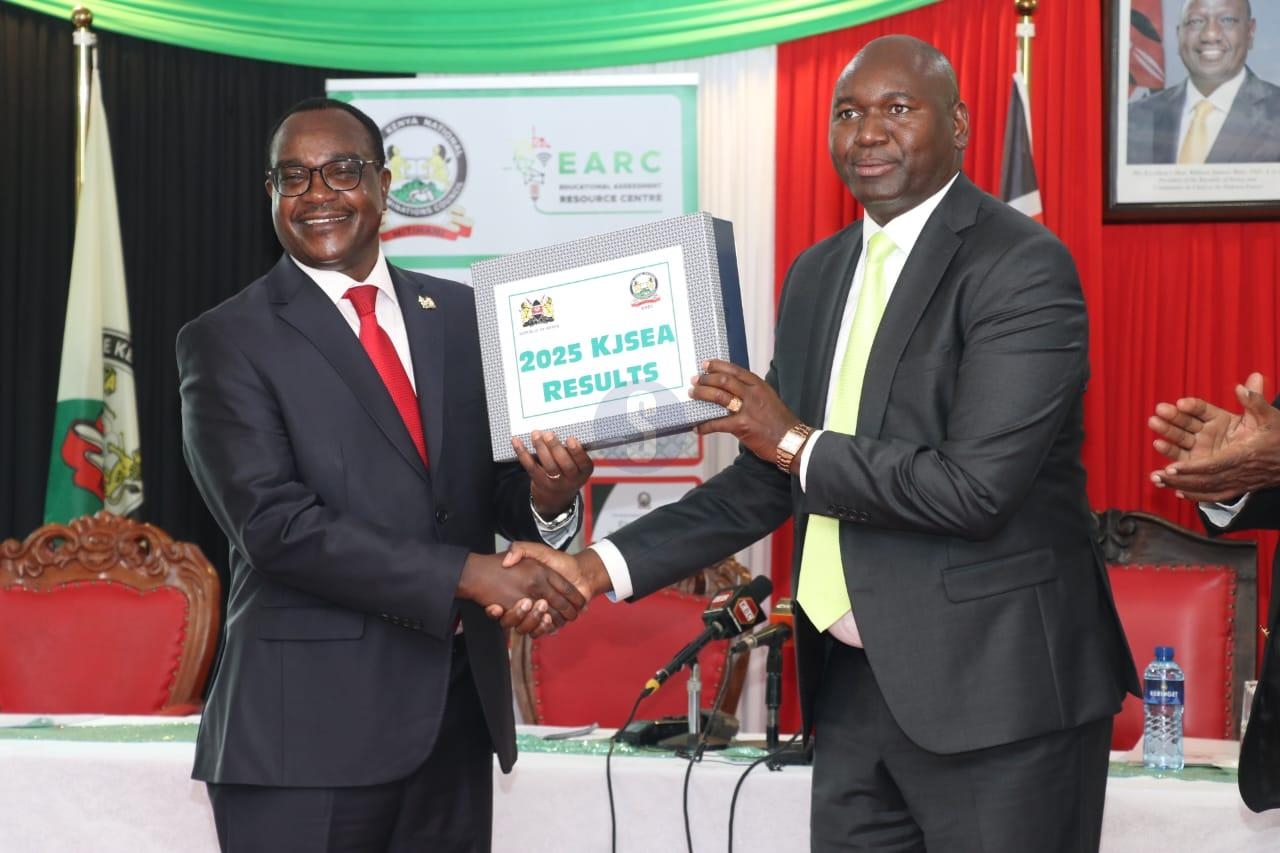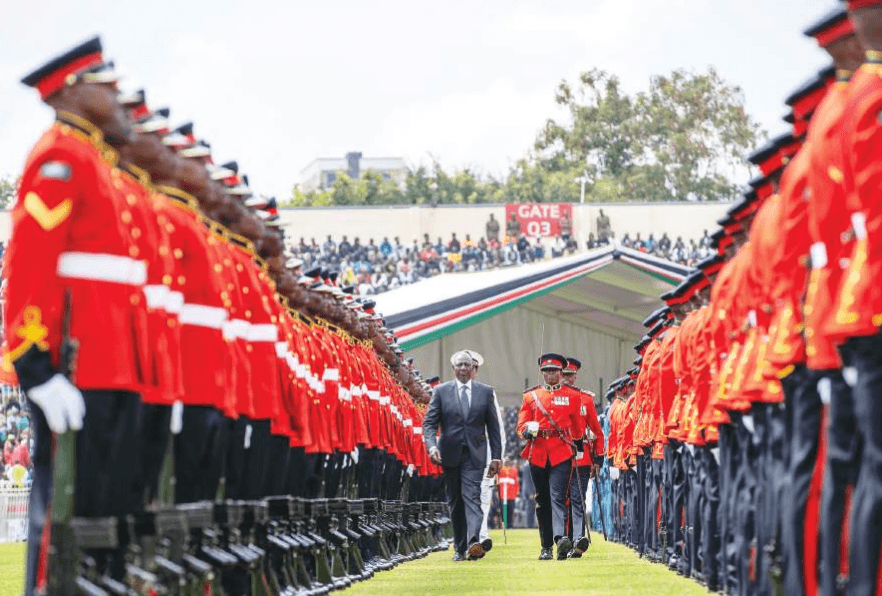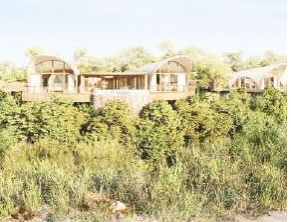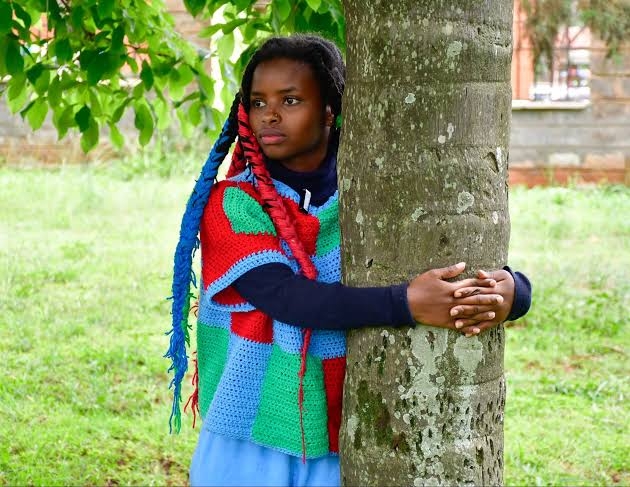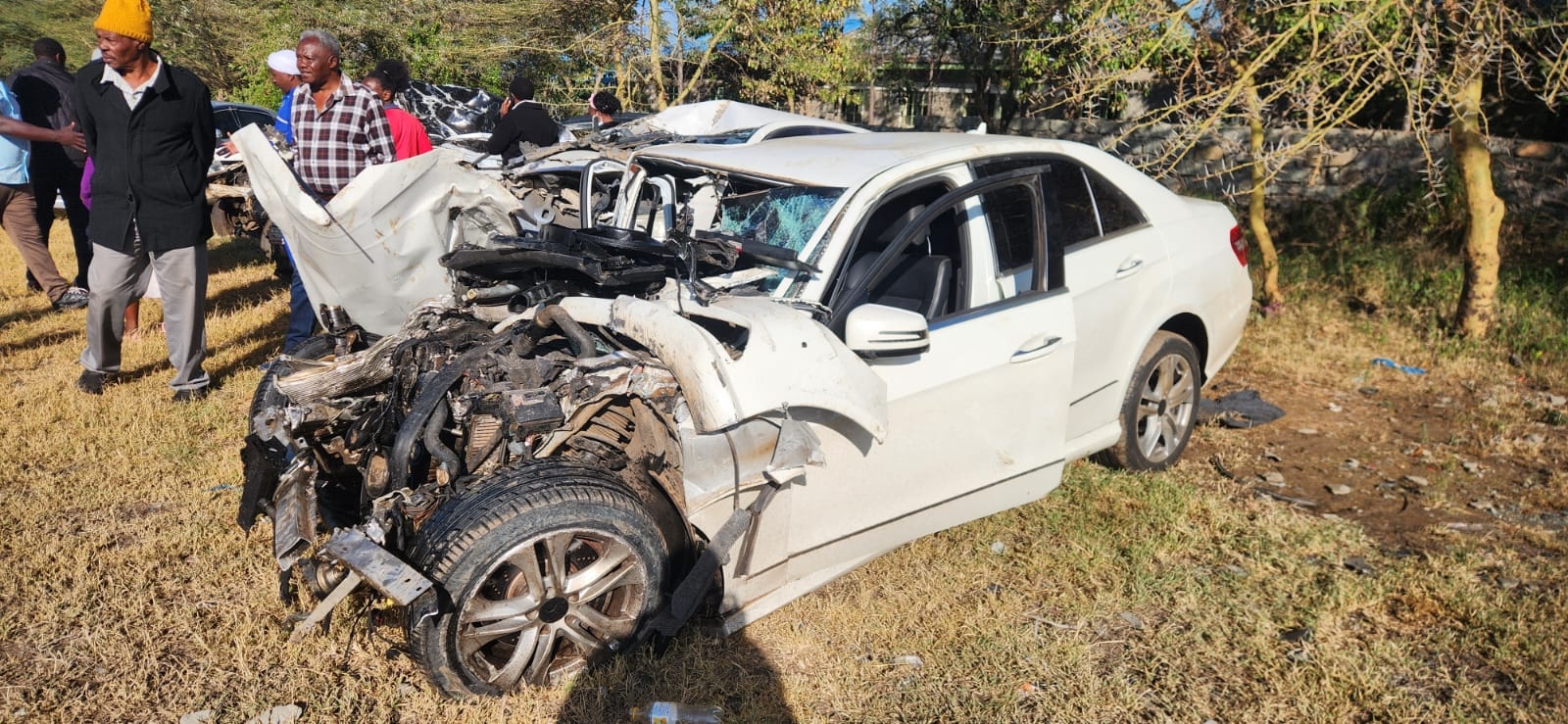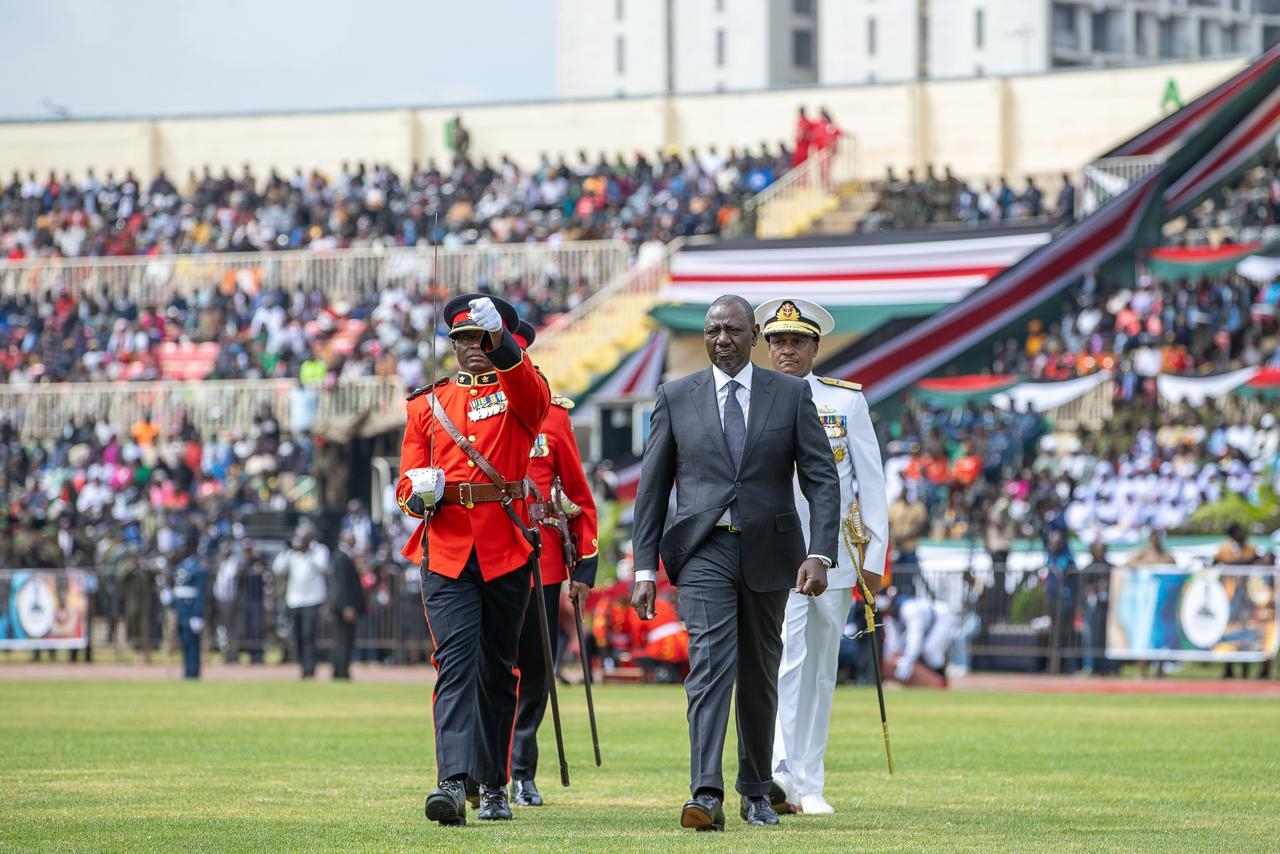Large-scale irrigation systems are pivotal in sustaining the nation’s food supply.
The National Irrigation Authority is responsible for developing and managing both large-scale and small-scale irrigation schemes.
Charles Muasya, Chief Executive Officer at Nia, explains that the authority's role involves constructing and rehabilitating infrastructure with the ultimate goal of achieving food security.
The Irrigation Act of 2019, defines large-scale irrigation schemes as those covering more than 3,000 acres.
Over the years, Nia has successfully operated seven gazetted public irrigation schemes: Mwea, Ahero, West Kano, Bunyala, Bura, Tana and Perkerra.
Additionally, the authority manages Katilu, Lokubae clusters and the Lower Kuja Irrigation Development Project.
Mwea Irrigation Scheme is located in Kirinyaga county.
It is Kenya’s largest public irrigation scheme and spans two sub-counties; Mwea East and Mwea West.
Development began in 1954 with just 65 acres and has expanded to 30,350 acres.
Currently, 30,600 acres are under irrigation, primarily for rice, with tomatoes and French beans also grown.
The scheme supports 14,850 households, producing an annual average of 131,800 metric tonnes of rice and generating over Sh25 billion in gross income.
Tana Irrigation Scheme was established in 1953.
The oldest irrigation scheme, Tana covers a gazetted area of 12,630 acres.
It currently irrigates 5,000 acres, benefiting 1,450 households.
The scheme produces an average of 9,000 metric tonnes of crops including rice, watermelon, sunflower, onions, green grams and tomatoes, with an annual gross income of about Sh300 million.
Bura Irrigation Scheme was initially managed by Nia from 1978 to 1985.
Bura has seen management transitions across various ministries before returning to the authority in 2005.
It is located along the River Tana in Tana River county and covers 176,297 acres with irrigation infrastructure on 12,000 acres.
Approximately 3,000 farmers cultivate maize, green grams, cowpeas, cotton, watermelon, tomatoes, butternut and onions.
This yields an annual average gross income exceeding Sh1 billion.
Nia is working to expand the scheme to 25,000 acres with a new gravity canal from Korakora.
Perkerra Irrigation Scheme is situated 100km north of Nakuru near Marigat Township in Baringo South subcounty.
It benefits from irrigation water sourced from the Perkerra River.
The scheme covers a gazetted area of 5,800 acres, with 2,750 acres currently under irrigation.
Main crops include seed maize, green grams, beans and horticultural crops.
Perkerra supports 1,625 farmers, producing 5,000 metric tonnes of seed maize and 790 metric tonnes of legumes annually, with a gross income of over Sh410 million.
Ahero Irrigation Scheme is located in the Kano plains between the Nandi Escarpment and Nyabondo Plateau.
Ahero began construction in 1966 and became operational in 1969.
The scheme, receiving irrigation water from River Nyando, initially covered 4,176 acres. Recent expansions have increased the irrigated area to 10,810 acres.
Ahero produces about 29,000 metric tonnes of rice annually, with an average gross income of over Sh1 billion.
Bunyala Irrigation Scheme was started in 1959 and initially covered 534 acres for paddy rice production.
It now irrigates 3,126 acres with an expanded area of 2,592 acres.
Water is pumped from River Nzoia and distributed via open channels.
The scheme supports 3,489 households and produces 10,000 metric tonnes of rice annually, with an average gross income of Sh500 million.
Muasya says the Lower Nzoia Irrigation Development Project aims to bring an additional 10,000 acres under production on both banks of the river.
West Kano Irrigation Scheme was constructed in 1974 and operational by 1976.
It is situated in Kisumu county.
The scheme, with 2,230 acres under irrigation, primarily grows rice, with maize, vegetables and soybeans also produced.
It supports 901 households and generates an annual average of 7,024.5 metric tonnes of rice, yielding over Sh316 million in gross income.
Katilu and Lokubae Irrigation Schemes are in Turkana county.
Katilu covers 1,968 acres, benefiting 2,546 farmers.
Lokubae includes 2,560 acres under irrigation, supporting 4,678 farmers.
Both schemes grow maize, sorghum, cowpeas and green grams, among others.
Elelea and Morulem were developed under the Turkana Rehabilitation Project in 1983 and have a combined area of 3,980 acres, supporting a significant number of farmers.
Lower Kuja Irrigation Scheme is located in Nyatike subcounty, Migori.
It covers 19,000 acres, with 3,250 acres currently under irrigation.
The main crops include rice, sugarcane, horticultural crops and tubers.
The scheme benefits 2,797 farmers, producing 37,903.5 metric tonnes annually, with an income of about Sh162 million.
Expansion plans, including the construction of Gogo Dam, aim to increase the irrigated area to 75,000 acres.
“Through these large-scale irrigation schemes, Nia plays a crucial role in enhancing agricultural productivity and contributing to national food security,” Muasya says.


